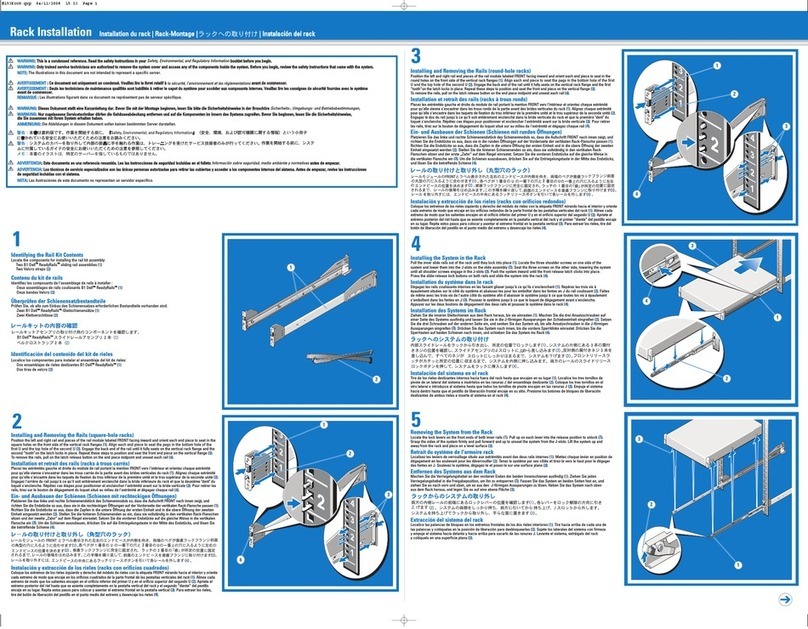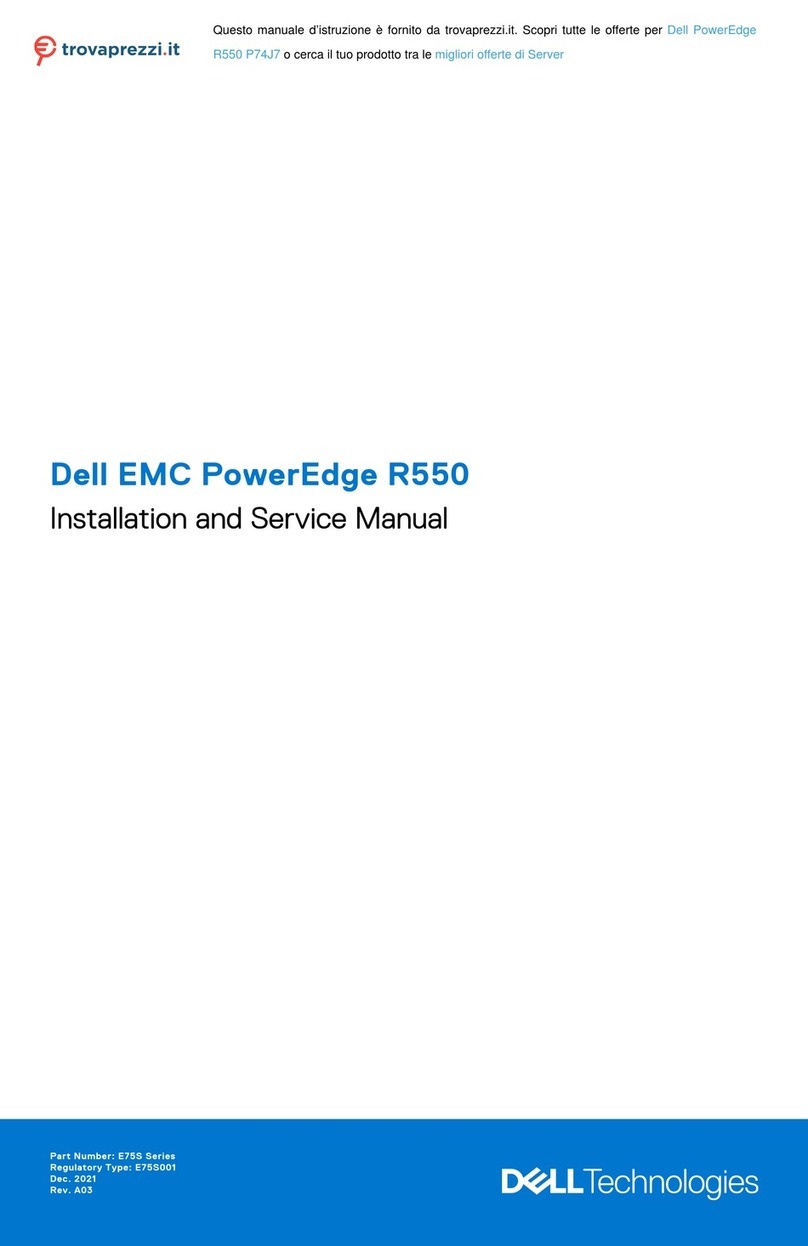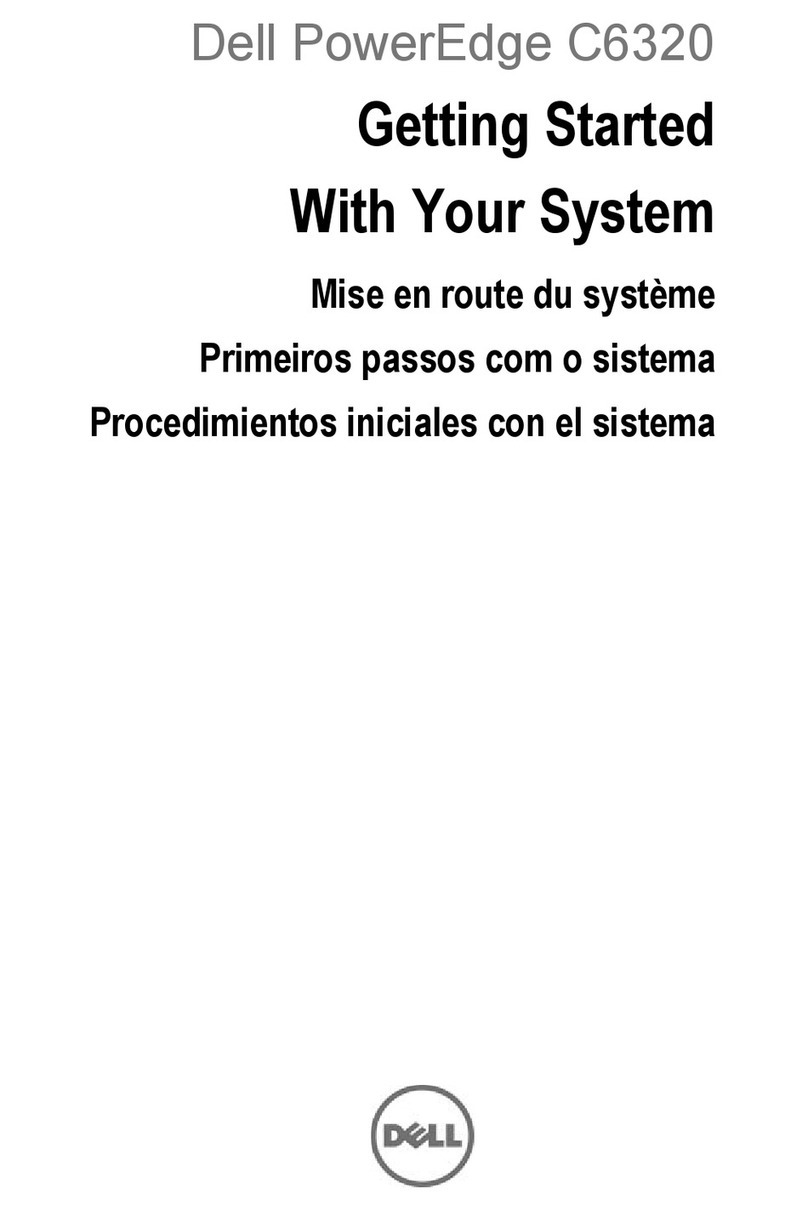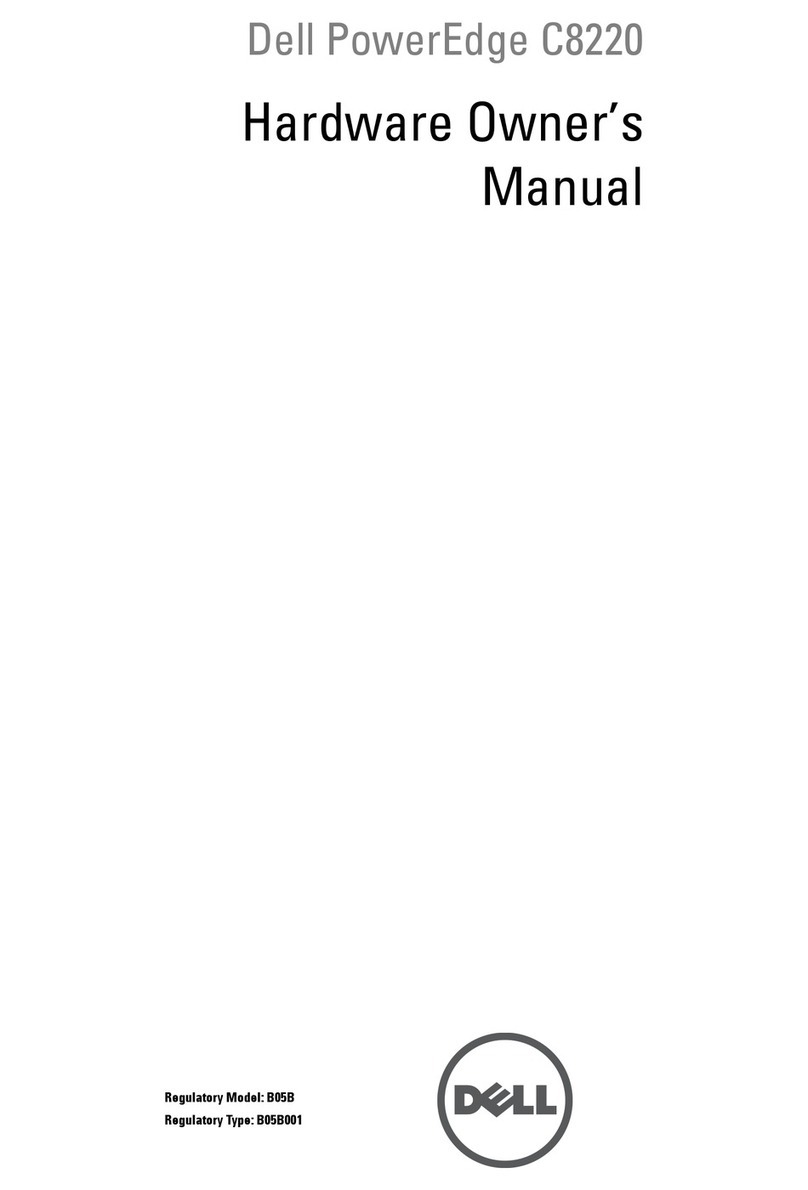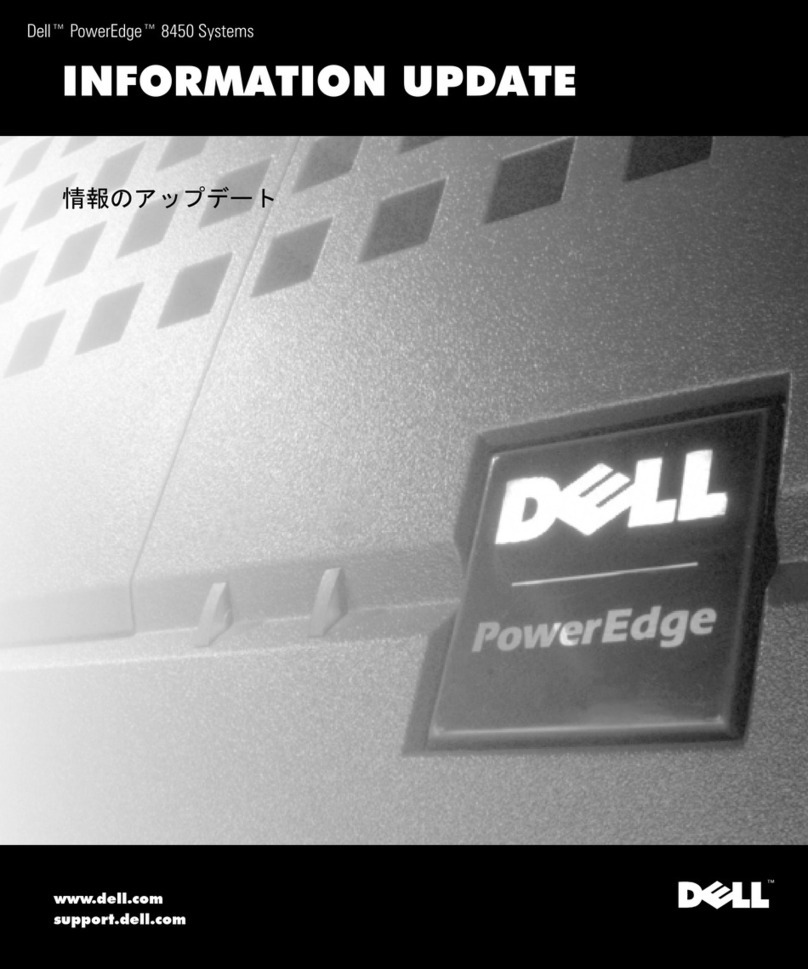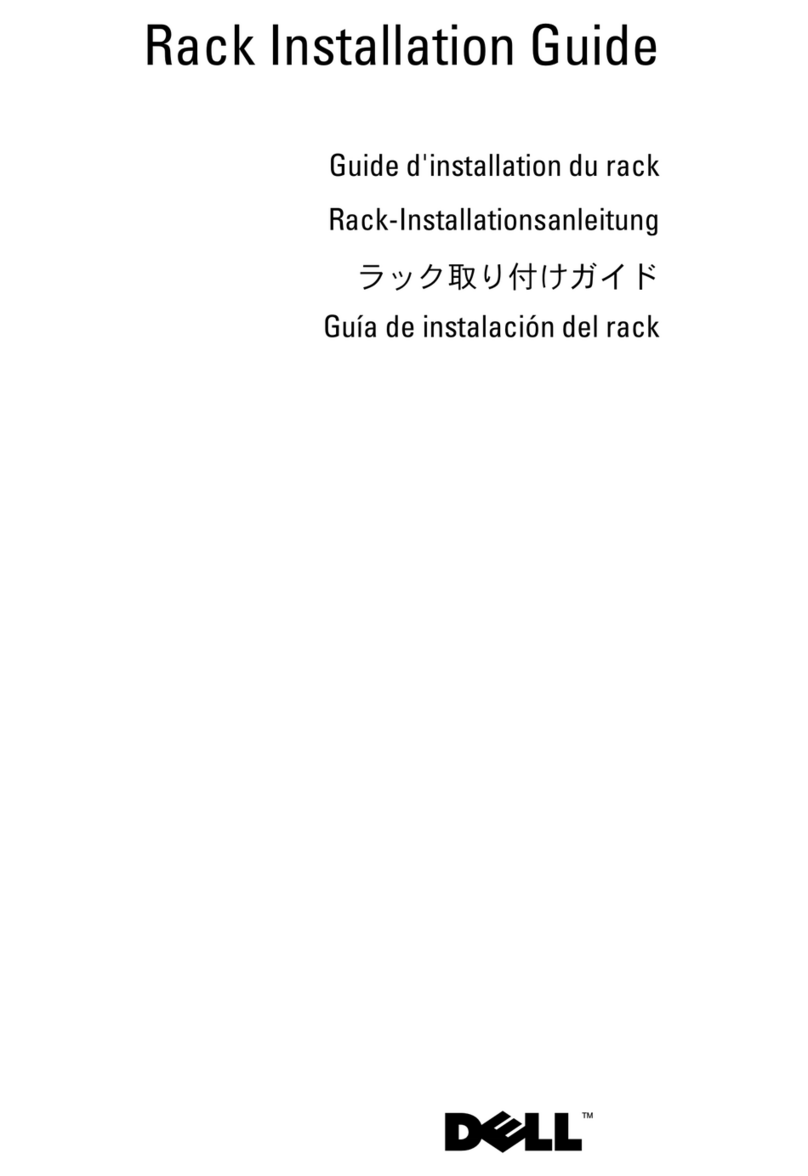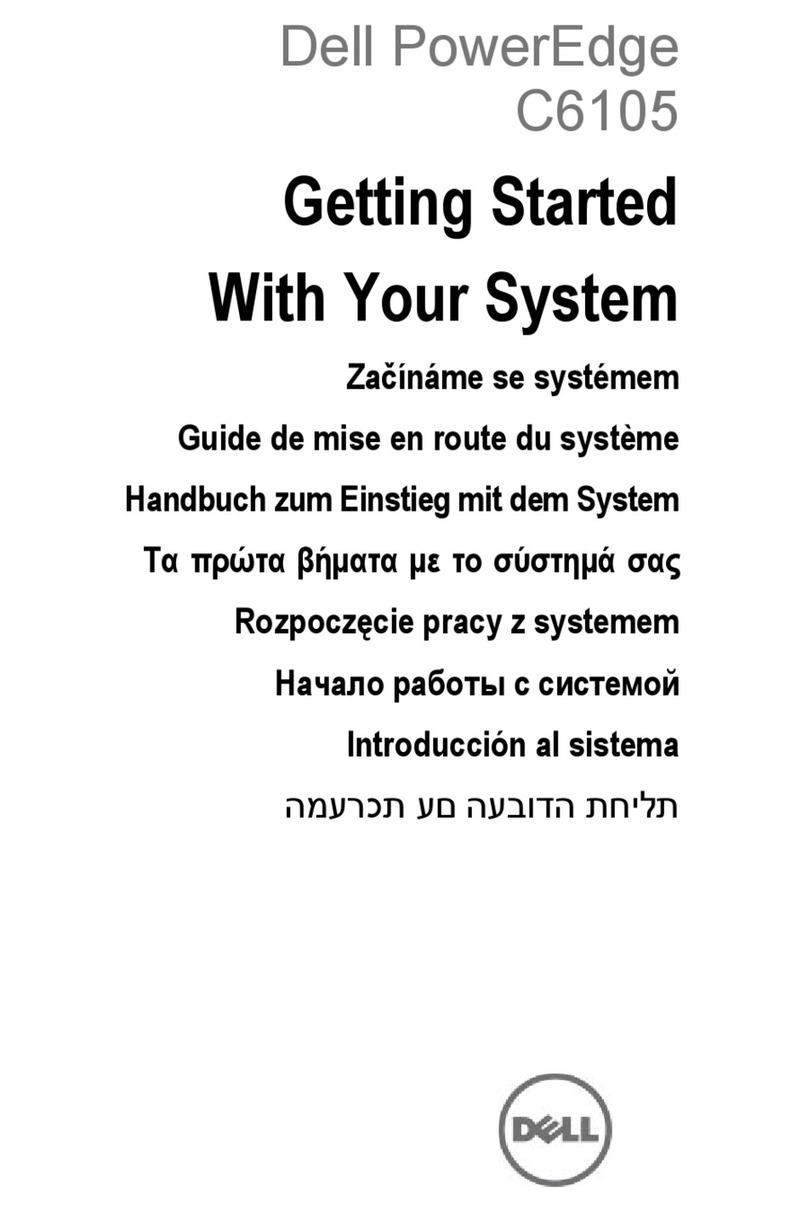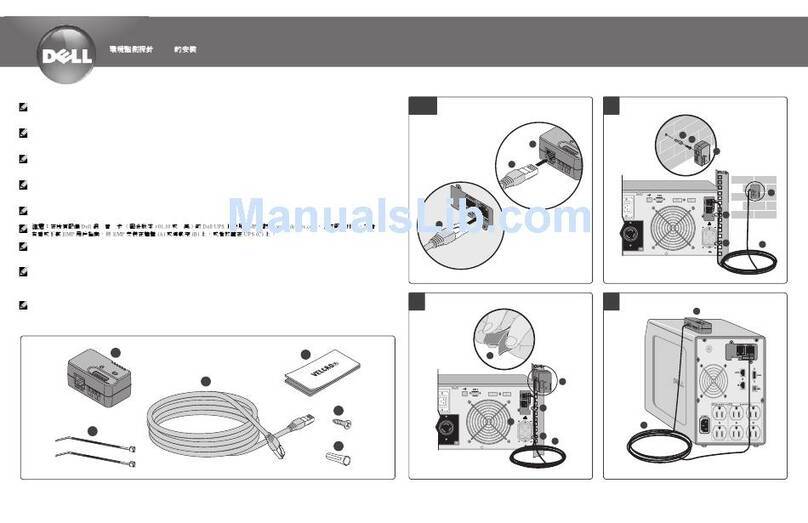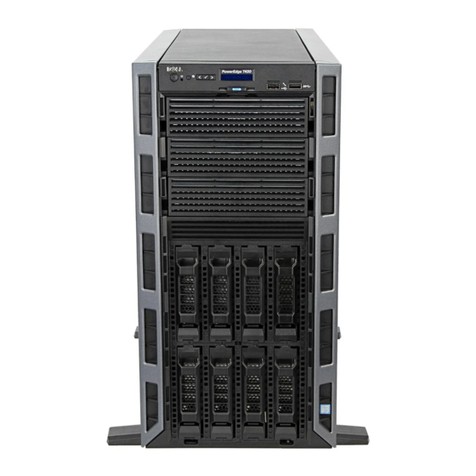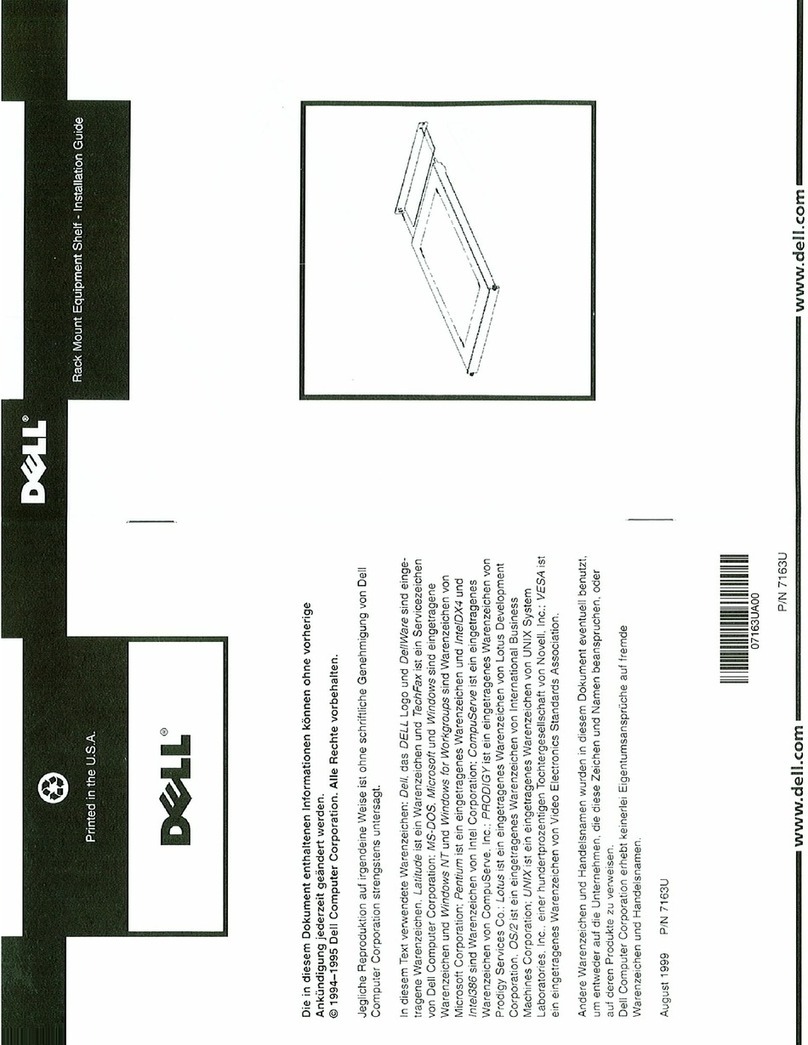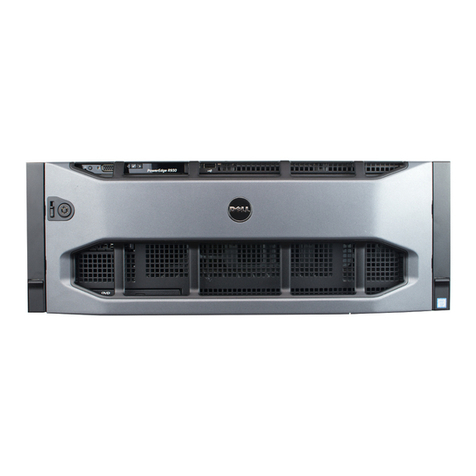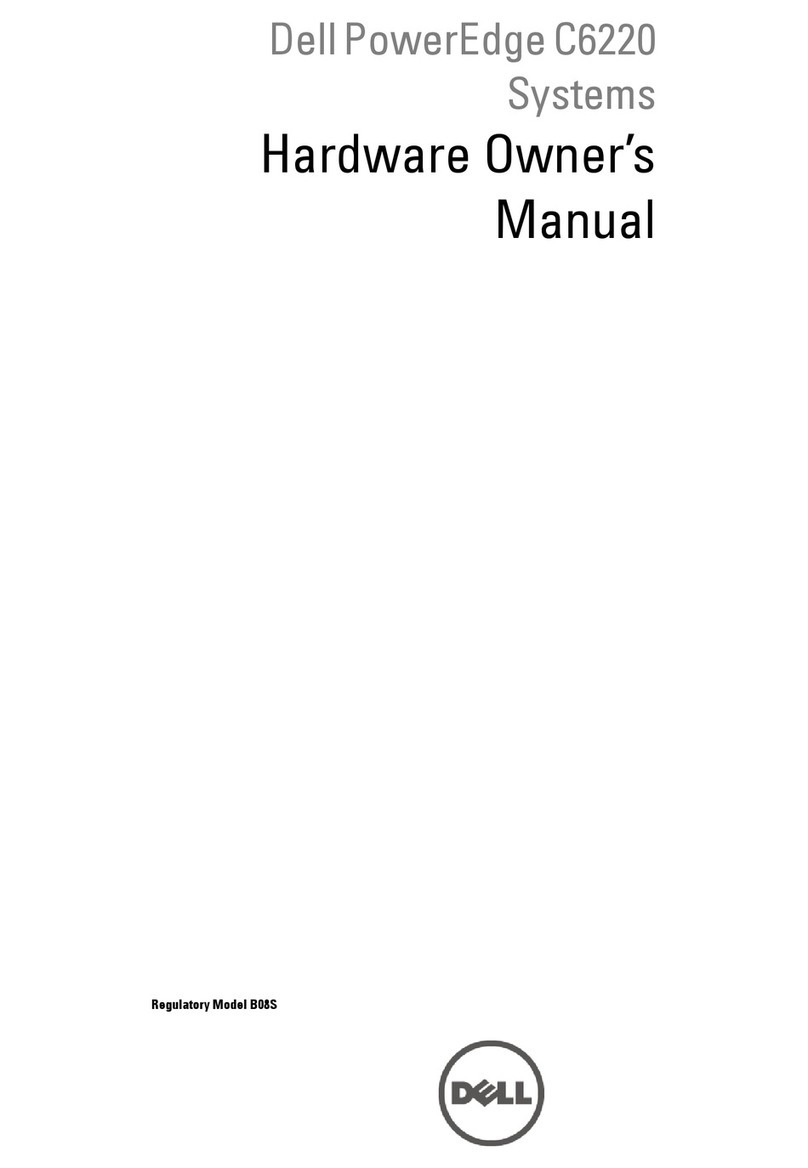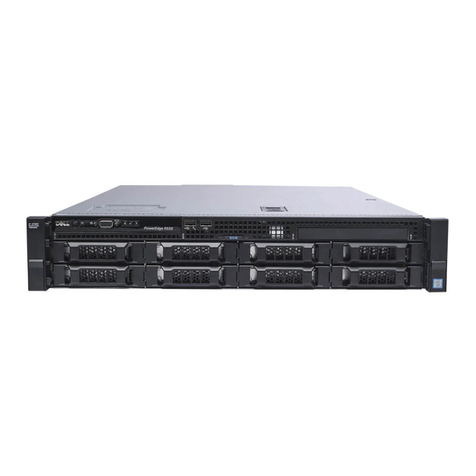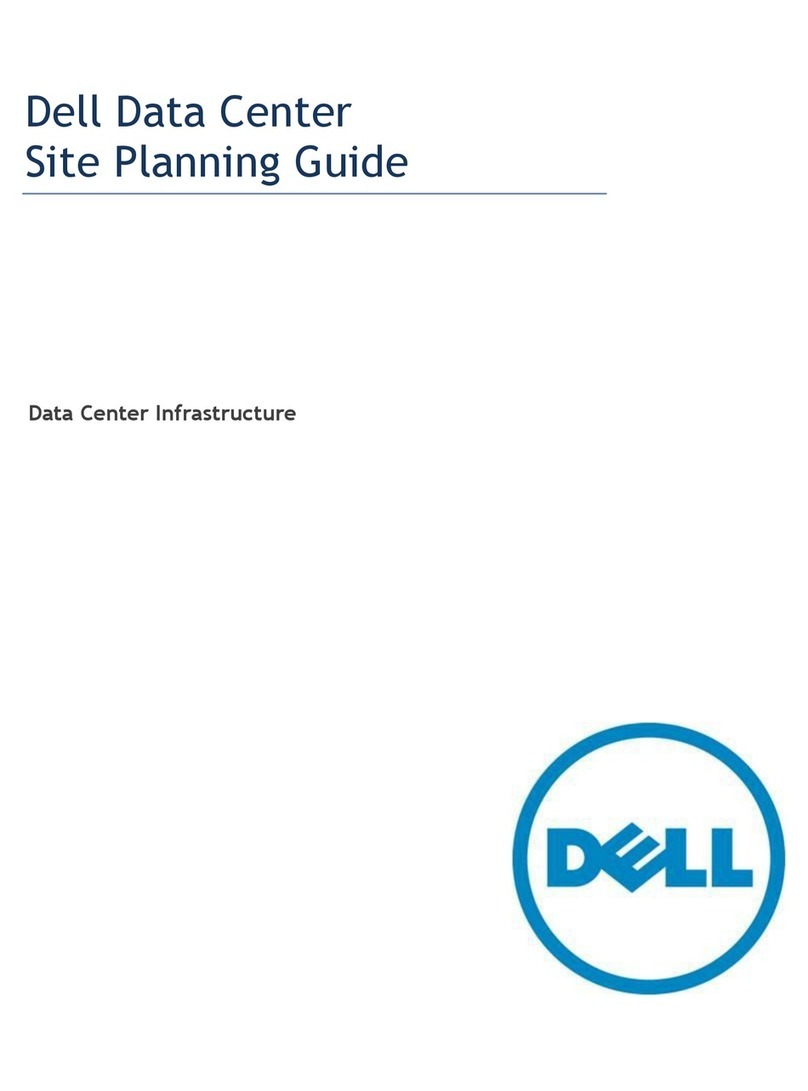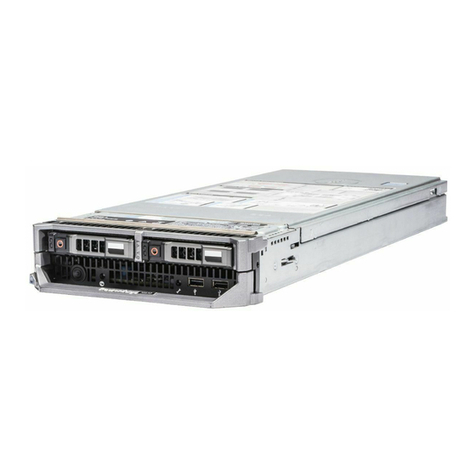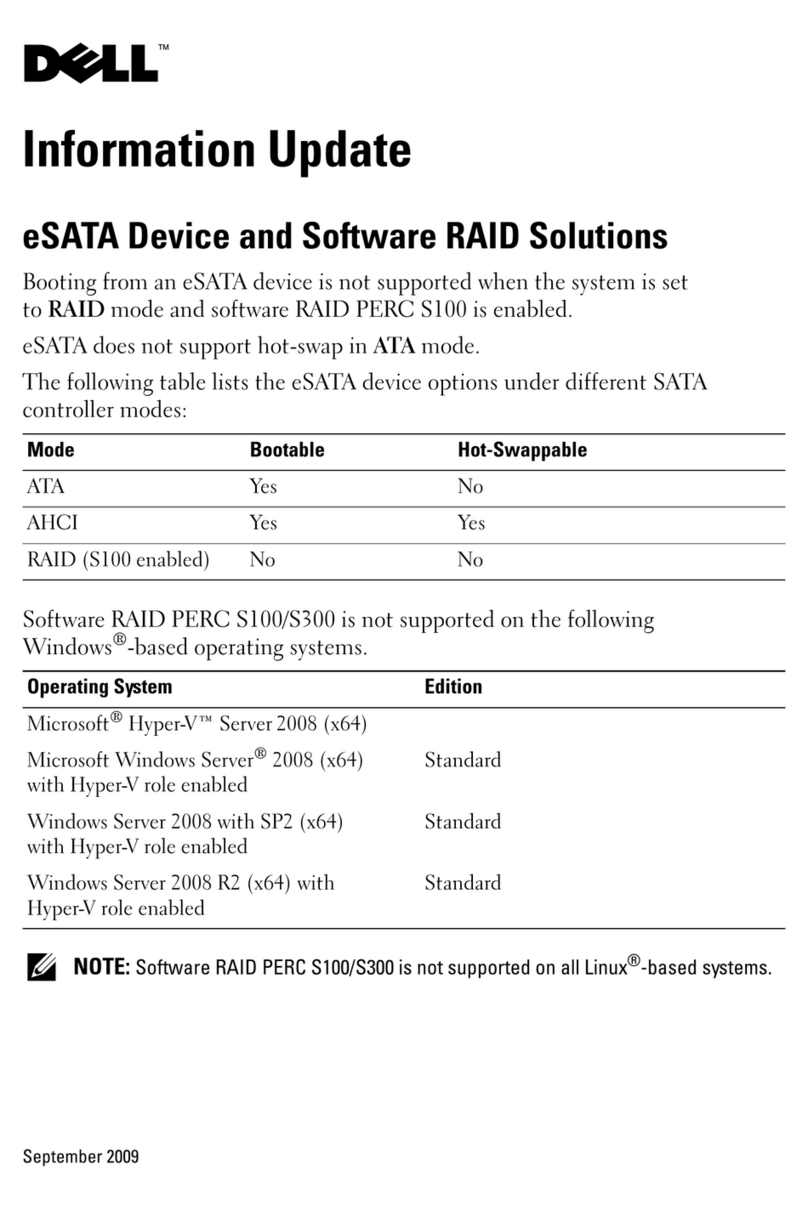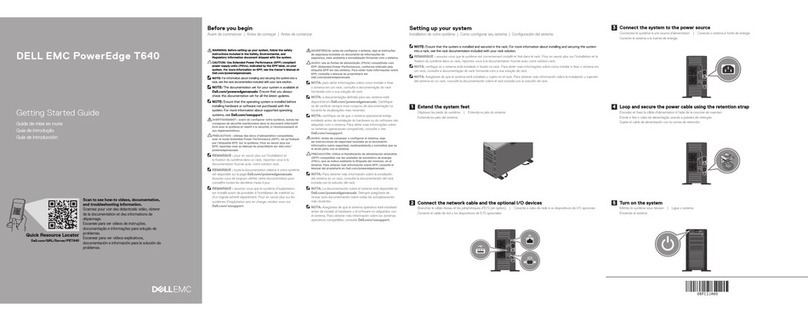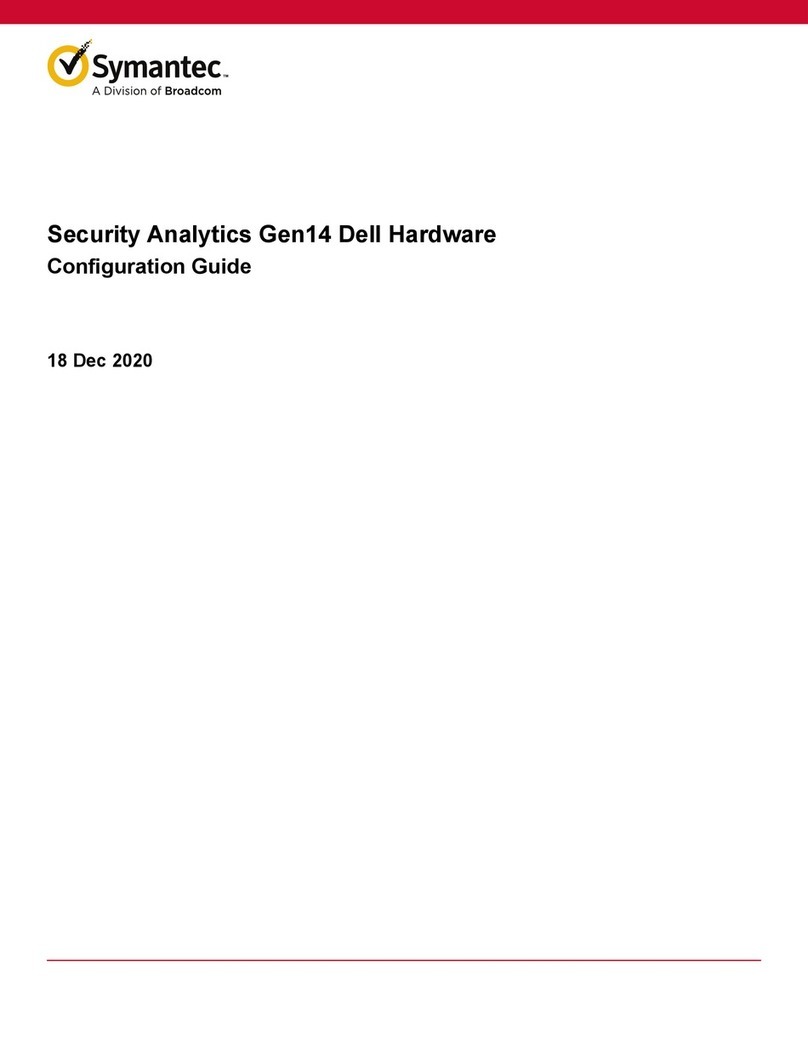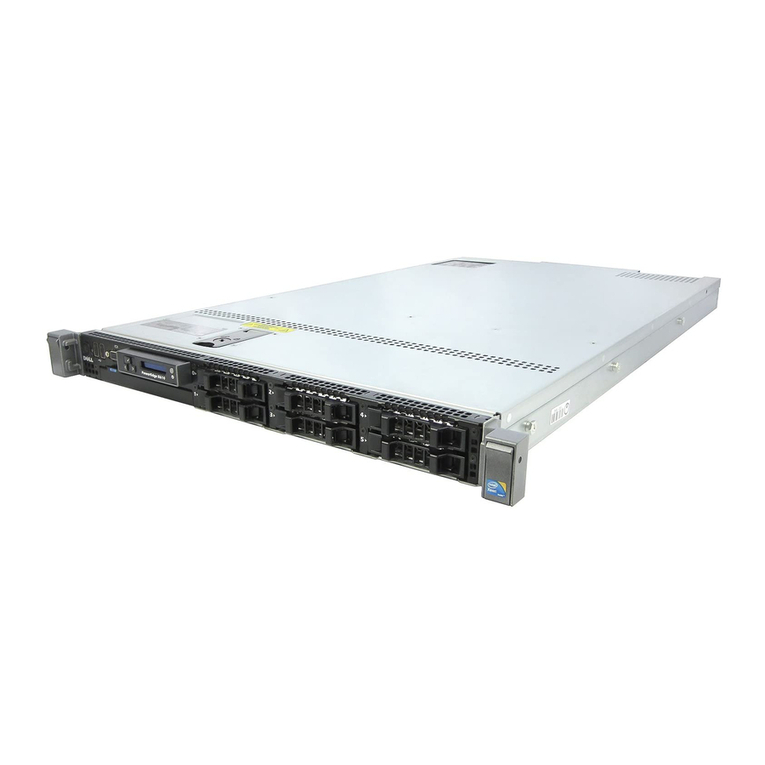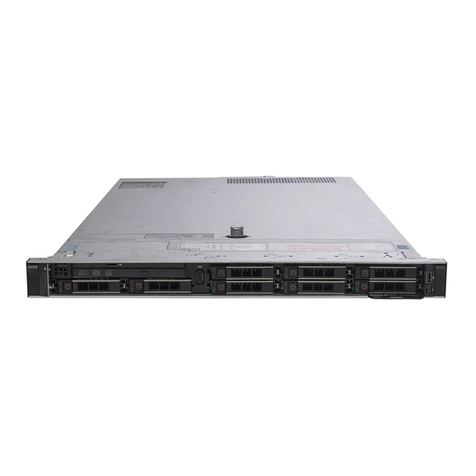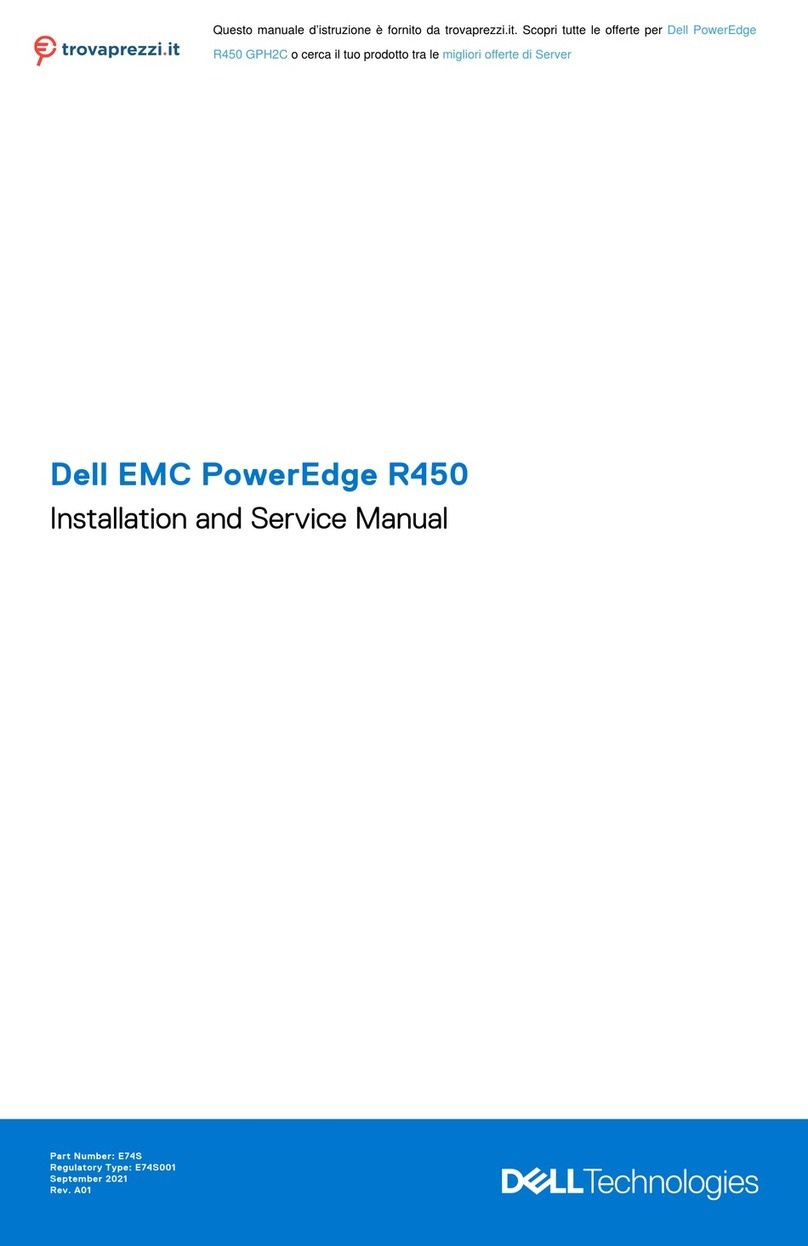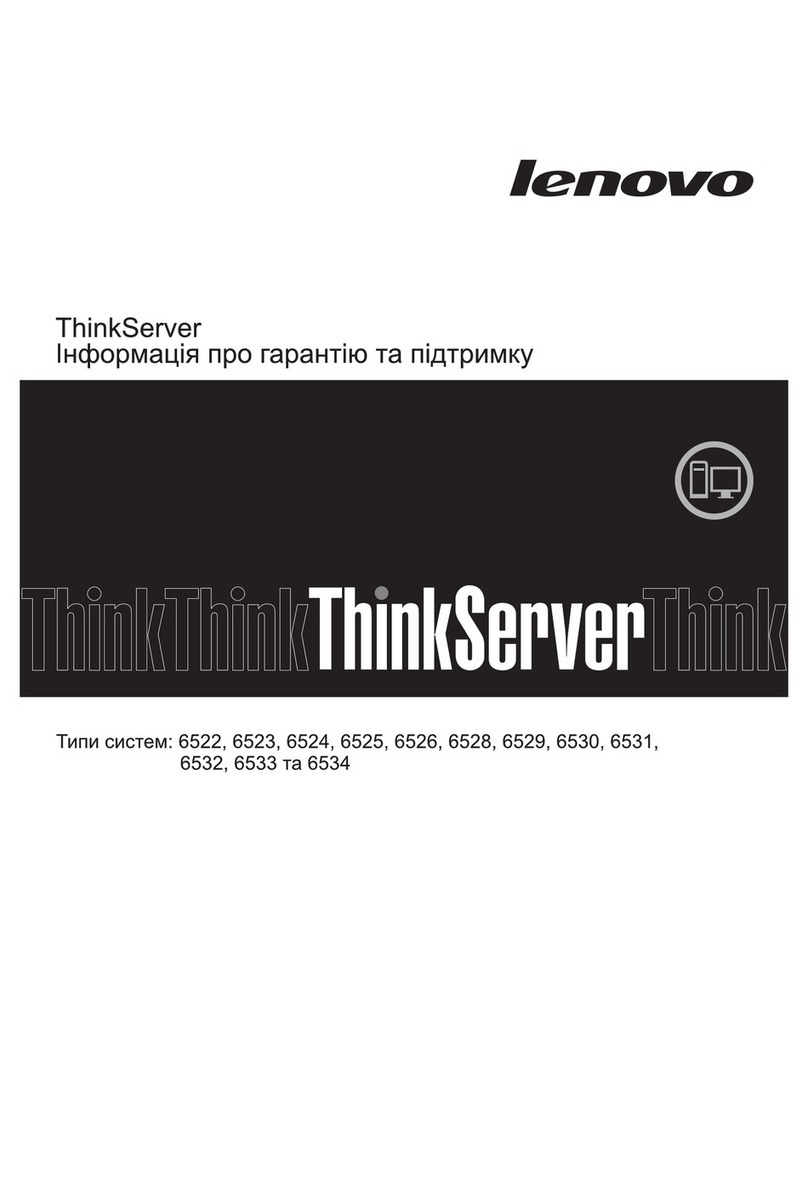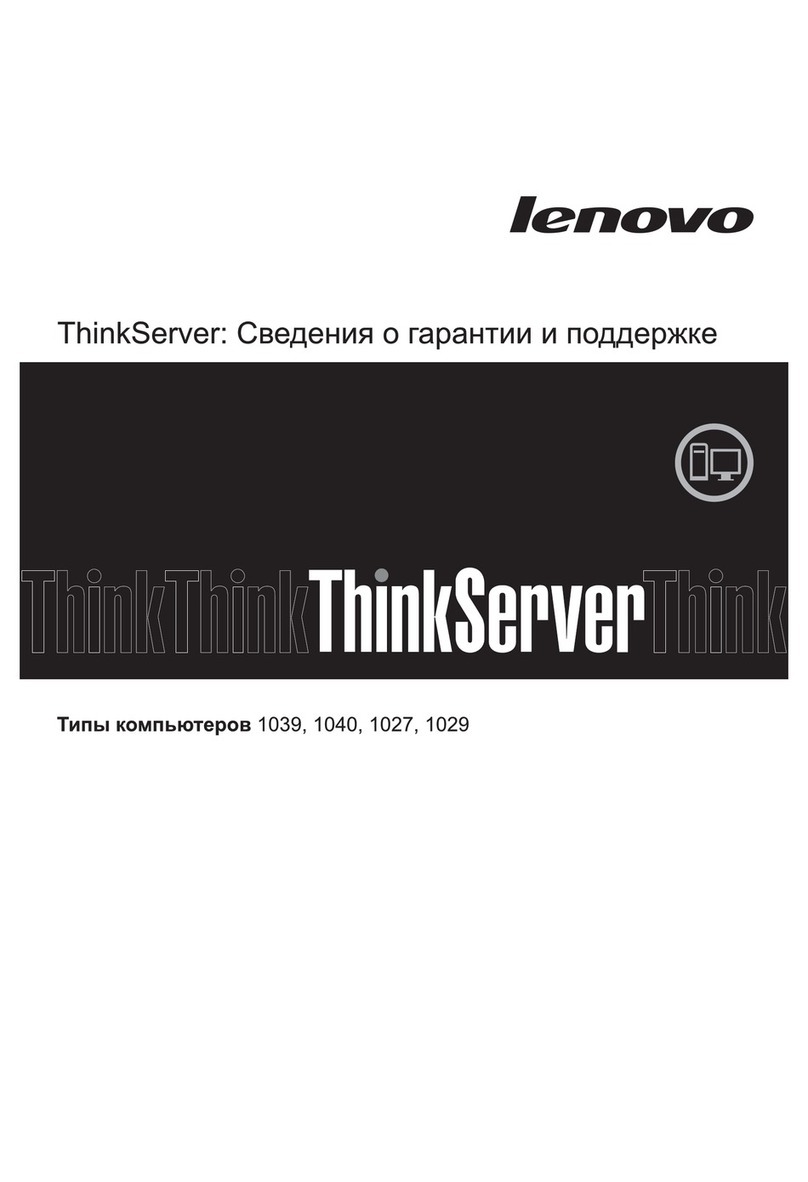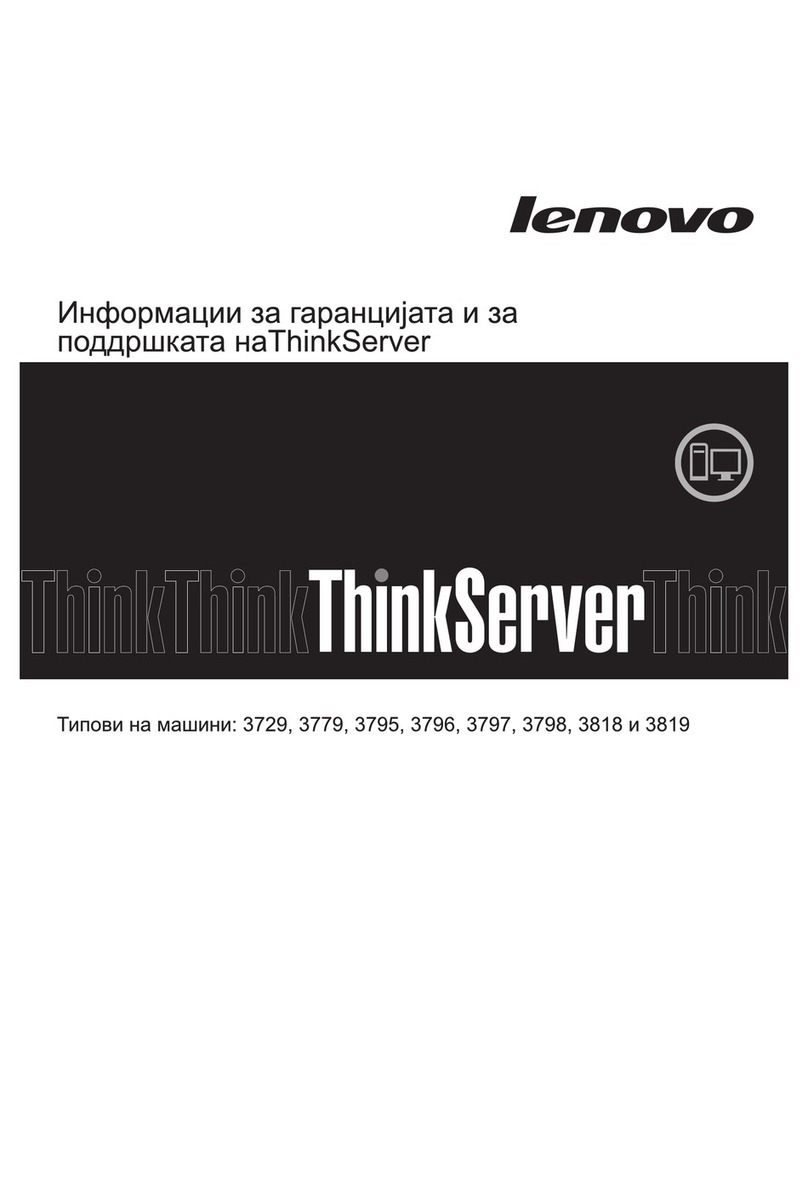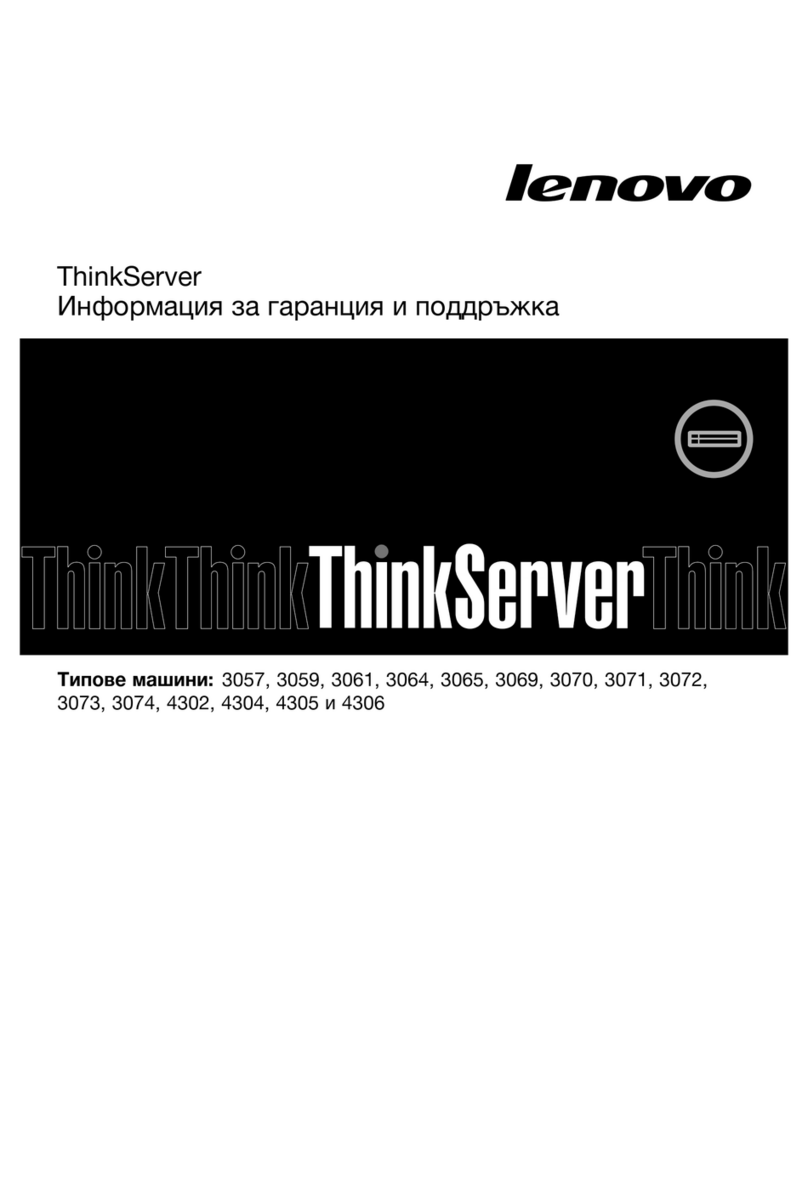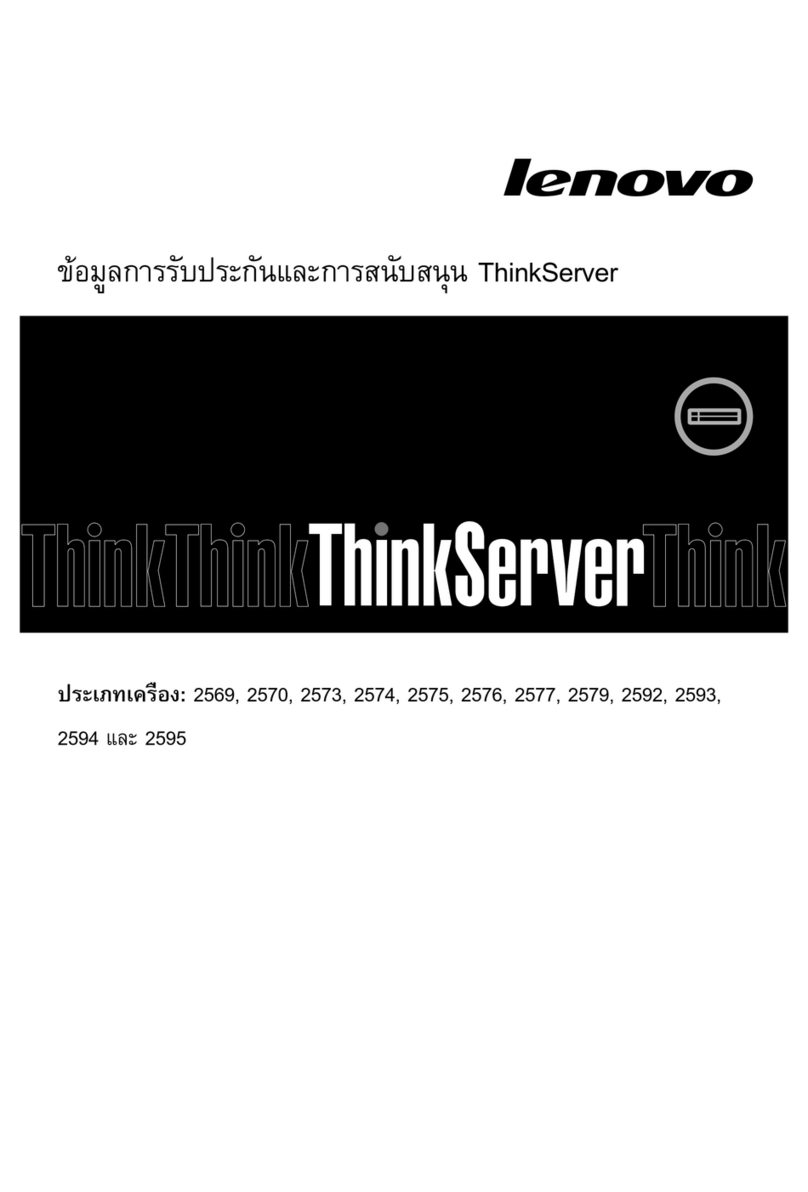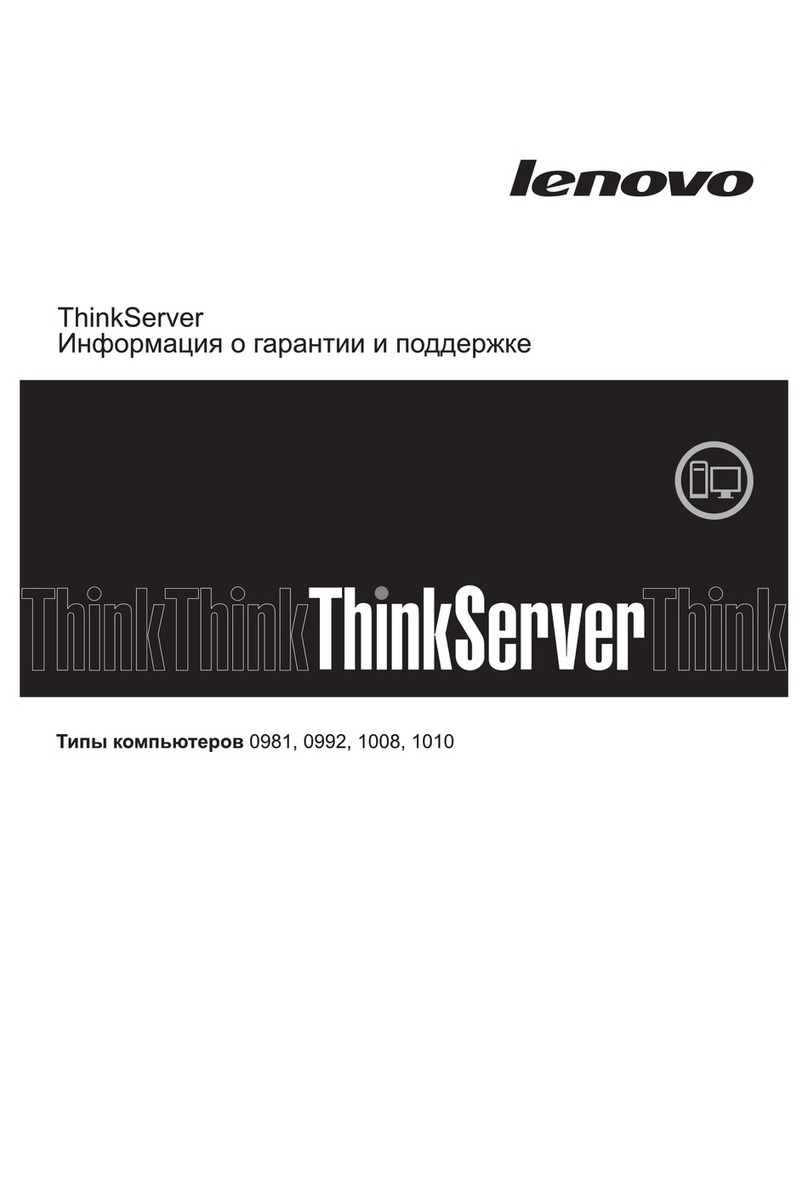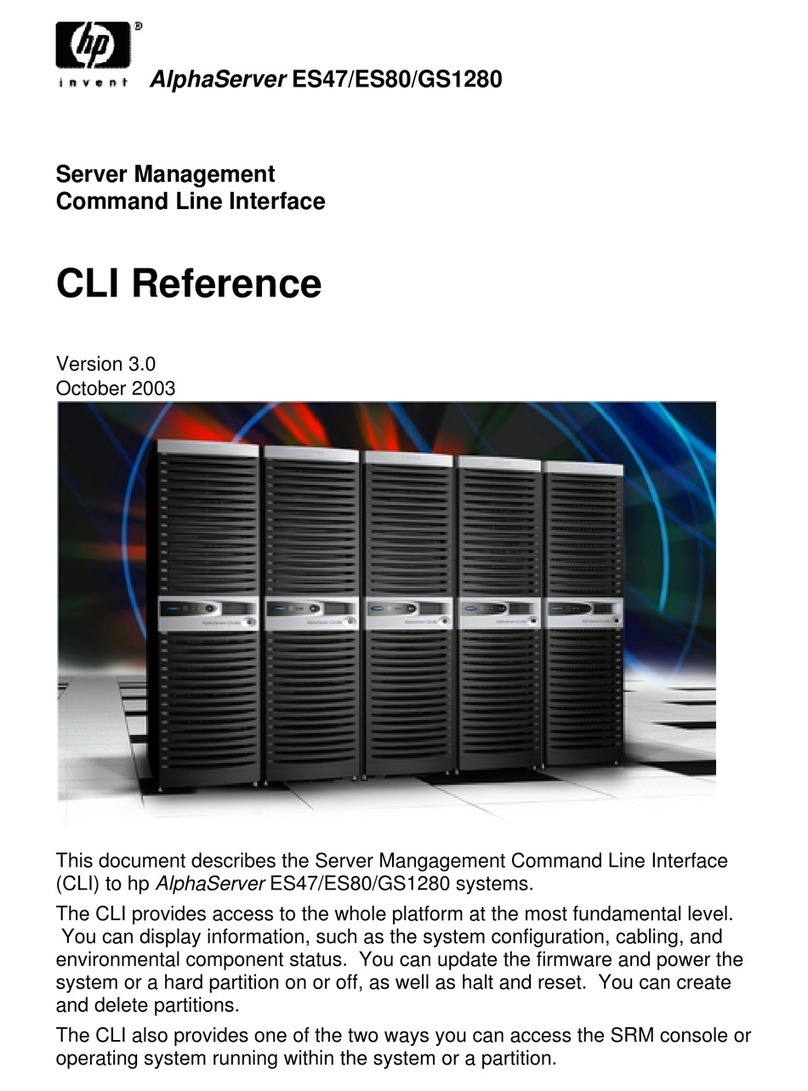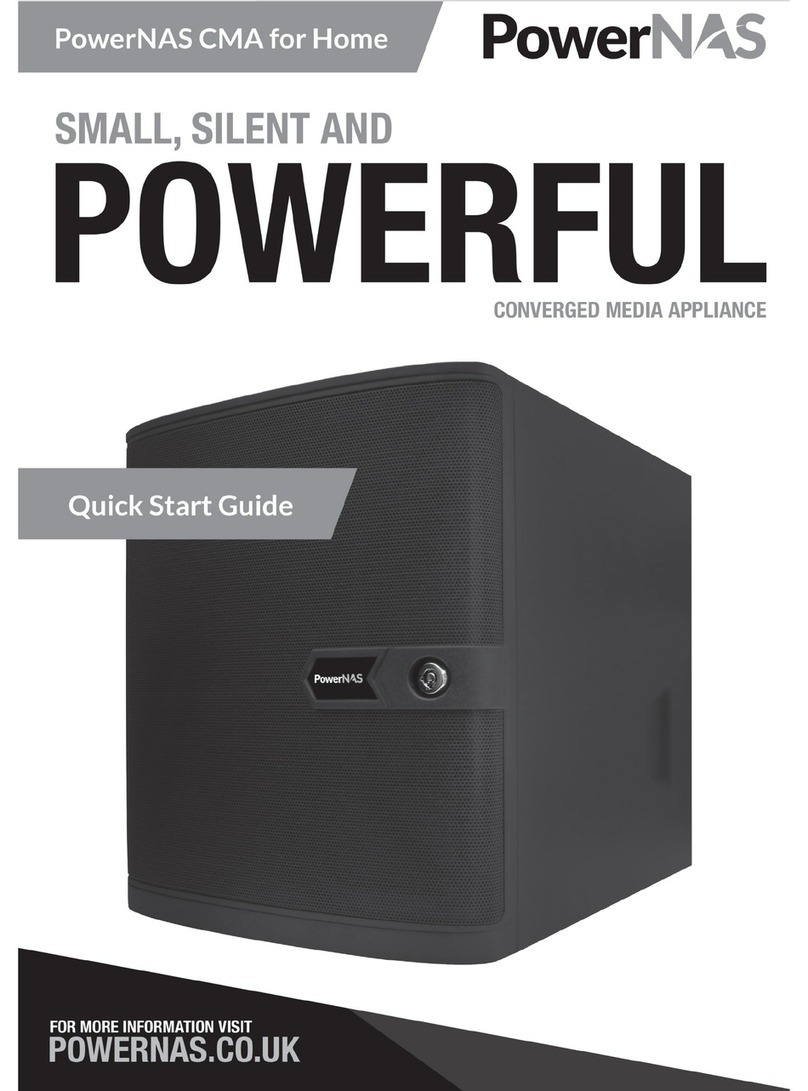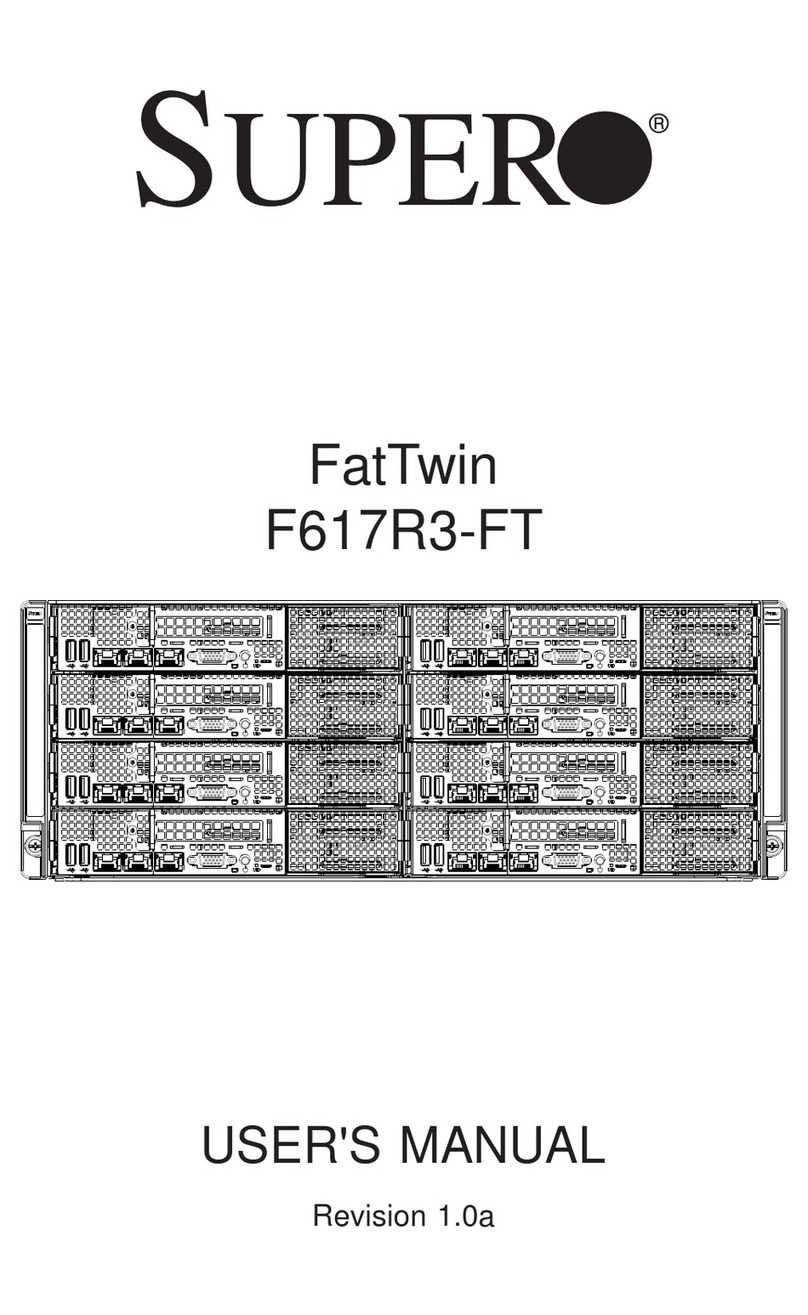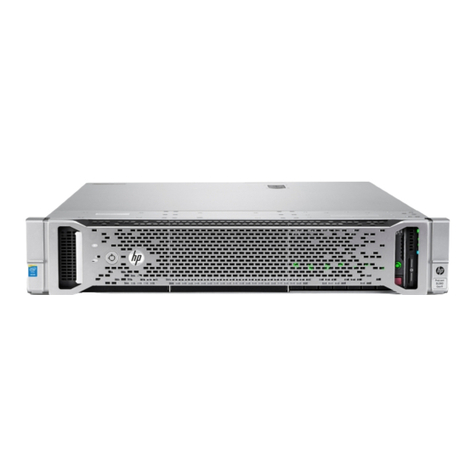Connecting External Devices
When connecting external devices to your system, follow these guidelines:
lMost devices must be connected to a specific connector and device drivers must be installed before the device operates properly. (Device drivers are
normally included with your operating system software or with the device itself.) See the documentation that accompanied the device for specific
installation and configuration instructions.
lAlways attach external devices while your system is turned off. Next, turn on any external devices before turning on the system (unless the
documentation for the device specifies otherwise).
For information about individual connectors, see your Installation and Troubleshooting Guide. For information about enabling, disabling, and configuring I/O
ports and connectors, see "Using the System Setup Program."
System Features
lOneortwoIntelXeonmicroprocessorswithaninternaloperatingspeedofatleast2.0GHz,alevel2cacheof512KB,andafront-side bus operating
at533MHz.
lSupport for symmetric multiprocessing (SMP), which is available on systems with two Intel Xeon microprocessors. SMP greatly improves overall system
performance by dividing microprocessor operations between independent microprocessors. To take advantage of this feature, you must use an
operating system that supports multiprocessing.
lA minimum of 256 MB of PC-266 registered DDR SDRAM memory modules, upgradable to a maximum of 8 GB by installing combinations of 128-MB, 256-
MB, 512-MB, 1-GB, or 2-GB 2-way interleaving memory modules in the four memory module sockets on the system board.
lSupport for up to three 1-inch, internal U320 SCSI hard drives (with hot-plug capability when using the optional ROMB card).
lA single, 1.44-MB, 3.5-inch diskette drive.
lAn IDE CD or DVD drive.
lUp to two hot-pluggable, 320-W power supplies in a 1 + 1 redundant configuration.
lSeven hot-pluggable system cooling fans.
The system board includes the following features:
lOne of the following PCI expansion card slot options. Expansion card slots accommodate full-height, half-length expansion cards.
¡Two connected riser cards that each have a 3.3-V, 64-bit, 133-MHz PCI-X expansion slot.
or
¡Two connected riser cards, one with a 3.3-V, 64-bit, 133-MHz PCI-X expansion slot and one with a 5-V, 64-bit, 33-MHz PCI expansion slot.
lAn integrated VGA-compatible video subsystem with an ATI RAGE XL video controller. This video subsystem contains 8 MB of SDRAM video memory
(nonupgradable). Maximum resolution is 1024 x 768 with 256 colors; 16.7 million colors are available for true-color graphics in the following resolutions:
640x480,800x600,and1024x768.
lAn integrated, dual-channel U320 SCSI host adapter. The internal channel supports up to three SCSI hard drives on the SCSI backplane. The SCSI
backplane automatically configures SCSI ID numbers and SCSI termination, greatly simplifying drive installation. The second SCSI channel (an external
SCSI channel) is available at the back of the system.
lOptional ROMB through a separate RAID controller that incorporates 128 MB of cache memory and a RAID battery.
lTwo integrated Gigabit Ethernet NICs, capable of supporting 10-Mbps, 100-Mbps, and 1000-Mbps data rates.
lOptional remote access controller (RAC) for remote systems management.
